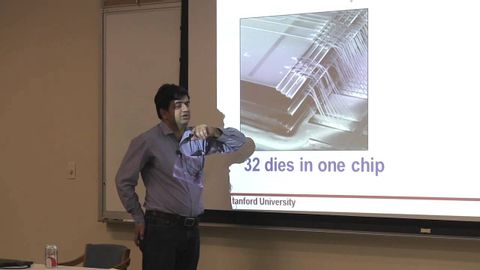快閃記憶體的歷史及NAND陣列的製程技術。 (History of Flash Memory & Process Technology for making NAND array)
 沒有此條件下的單字
沒有此條件下的單字US /ˈæspɛkt/
・
UK /'æspekt/
- n. (c./u.)方面;觀點;(某物的)要素;特徵
US /ɪˈsenʃəli/
・
UK /ɪˈsenʃəli/
- adv.本質上 ; 本來 ; 實質上;本質上;實際上
US /ˈmʌltəpəl/
・
UK /ˈmʌltɪpl/
- adj.多重的;多種的;多發性的;多重的
- n. (c.)多;多個的;乘數
- pron.多重的
- n. (c./u.)邊線;界線;具紋線的;線;線條;字行;電話線;隊;排;(細長的)線
- v.t.沿著...排列

